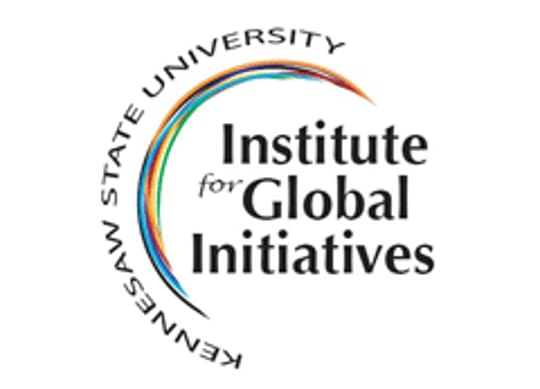Review of Dr. Ben-Meir’s Development Model as Viewed in Tandem with Morocco’s Framework of Reform

Foremost to acknowledge is to read the thirty-page development model as an analysis of potential implementation strategy where governmental framework designations remain in script. Given Dr. Yossef Ben-Meir’s scope, having arrived in Morocco many years earlier, and followed by top-tier academic, managerial, and educational positions, each covering the vast range of collecting, interpreting, and sharing of his first-hand Moroccan experience, the model is not only rich in hindsight but also urgent in foresight.
Not restricted to ideological form, he sets forth implementation projects adapted to the untapped potential evident in local resources, both naturally available and humanly possible. Presented as a personal critique of the challenges, and drawing on related international development surveys, the model fuses the necessary top-down/bottom-up dynamics, strong in directives but too often, as he suggests, weak in delivery.
Before delving into his action plan, a general governmental overview, along with a reiteration of its six-part framework, might serve as a pretext for the implementation Dr. Ben-Meir proposes. The Kingdom of Morocco is governed by a parliamentary constitutional monarchy, whereby the Prime Minister is the head of the government and of a multi-party system, but forming a unitary state. The present Chief of State is King Mohammed VI. Ministries, regional and communal officials, both elected and selected, interact to oversee:
- The Municipal Charter
- The National Initiative for Human Development
- The Decentralization Roadmap
- The Green Moroccan Plan
- Morocco’s Family Code
- Youth Leadership Programs
Precise in national directives, these six framework categories also support the North African collective.
Dr. Ben-Meir further divides his model into three sub-categories, each subservient to the Moroccan Framework. The three are: participatory development, sustainable development, and human development. Taken individually, they represent the creation of an implementation focus. Taken collectively, they result in the dynamics of a cohesive developmental structure.
We now have the prevailing governmental guidelines, as well as specific areas in which to direct them. Governmental script meets practical steps. This is the point where Dr. Ben-Meir asserts his proposals, not to a staid status quo, but rather to an exponential flux demanding precise analysis and application for which bottom-up participation is crucial. The populace are acutely aware of their needs. Receptivity to supply requires daily attention. Could not this energy be pooled into defined and collaborative endeavors? Dr. Ben-Meir advocates bringing need and supply into tangible and reciprocal balance. But how?
Participatory denotes the gathering of those facing similar needs. Sustainable denotes the enduring tenor of continuous supply. Human denotes the expanding options of well-being. The title designations given to the governmental framework offer a direct transition to Dr. Ben-Meir’s three-faceted implementation proposals.
It is beyond the intention of this review to note specific ramifications to the many disparate factors involved in the development model. It takes little imagination to see, for example, the Municipal Charter as providing venues for all three sub-category fronts, as well as drawing on any or all of the other five governmental priorities. Locals know best their issues, whether in water management for higher agricultural yield; in health care services; in women’s awareness of family protection, financial independence, and girls’ education; in broadening aid and expertise distribution in reaching distant enclaves; in budgetary allotments; or in creating pro-active sponsorship of youth left wayward for lack of choice. These speak for themselves, as the development model elucidates along with Dr. Ben-Meir’s many examples. As in previewing the Municipal Charter, the remaining five can be dissected and applied to the three implementation model designations.
What I wish to highlight as an important component is Dr. Ben-Meir’s insight into the impediment factor not readily recognized as each project unfolds. Development, in itself, conjures a positive outlook. And, indeed, the model maintains the cross-reference, in positive terms, of the governmental “6” with his practical “3”. And yet, at each of his categorical analyses, impediments serve as checkpoints, on all levels of development application, and of the need for realistic assessment.
Although implicitly inherent in the model, impediment awareness, according to its author, should be intrinsic to its operation. Without monitoring each link in the command chain, self-defeating results caused by examples such as insufficient facilitator training, mis-directed budgets, broken communication channels, or unmet targets can leave its participants asking, “What went wrong?”.
This candid observation, the necessity to confront rather than to cover, offers a unique perspective to the more common development profile. One is left realizing that development is not only promotional, it can also promise success. The bonus rests with the Moroccan people, quick to understand the efforts of each one benefit all as one. The model takes them by the hand with full expectation of the successive handshakes to follow.
The model also exposes the urgency of a collaborative focus in commitment and execution for any development to occur. Thirty pages may seem small in measure but inherently large in impact if effectively mobilized. It is both an appeal and an awakening. It proves that what devolves can evolve.
Sheila Chanterbeau is a naturalist who lives in Tomar, Portugal.